Once your kids have mastered CVC words, they may be ready to take the plunge into CVCe words! (Sometimes also called “silent e” or “magic e” words.)
It’s easy to hit a road block with CVCe words, though!
CVCe words are words that have a consonant, vowel, consonant, and then the letter “e.” The “e” at the end of the word usually makes the vowel “say its name,” meaning it becomes a long vowel. Because the “e” isn’t actually pronounced though, it’s often called a silent, sneaky, or magic “e.” These are words like:
- bake
- hide
- rope
- mule
Sometimes students continue to just say the CVCe words as CVC words (i.e. “cape” pronounced as “cap”). You also may have heard students trying to actually pronounce the “e” (i.e. “made” as “Maddy”). These are normal points of confusion, so take the steps needed to support your students!
In this post, I have a video (and transcript, if you prefer to read) that provides 5 activities you can do with students to practice CVCe words. The best part is that each activity takes only 5 minutes or less!
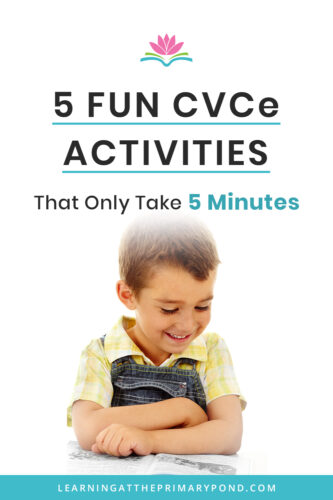
Watch the video to find out what these 5 activities are!
Transcript if you prefer to read:
Hey, I’m Alison from Learning at the Primary Pond. I’m a literacy specialist. And in this video, I’m going to share with you five silent E or CVCe activities that only take about five minutes for you to set up for your students. If you haven’t subscribed to my channel yet, make sure to hit the subscribe button right now, and the little bell so that you’re notified every time I post a brand new video about teaching literacy in K2. Okay. So what are CVCe words, sometimes called silent E words, sometimes called magic E words or sneaky E? Basically, it’s just a word like rate, where we’ve got an “e” at the end of the word that is not representing a sound by itself, but it changes the sound. In this case, the other vowel, which is the “a” here changes to a long vowel. So if we think about the word rat, the sounds are /r/ /a/ /t/, but then when we add the “e” it becomes “rate.”
This is an example of a silent E or a C, consonant, V, vowel, C, consonant, E, silent E word. That’s where the term “CVCe” comes from. So students need to practice this, right? And typically, they will learn about silent E words after they learned about CVC words, like rat. They really kind of need to have that short vowel knowledge pretty solidified before you start to work on this. And when you first start to work with them on these words, you might notice that they’re trying to pronounce it a little bit funny. They might be trying to pronounce the word “rate” as ratty, by saying the name of the E, rat E, as opposed to saying, “Oh, well, that’s the silent E that makes the A say it’s name, A.” Right? So if you have ever seen students reading words like this, ratty, or if you have the word made, it could be maddy, just type yes in the comments so I know that I am not the only one whose students have been doing some funky thing with that silent E at the end.
So, let’s see. Now we’re going to dive into some different activities that you can use with your students who are working on silent E words. And the beautiful thing about the activities I’m going to share is that they only take about five minutes for you to set up for your kiddos. Okay, so our first activity is a magic E puppet. All this is, it’s just the letter E on a star. I printed it on card stock, and it is stuck to a little craft stick. And you can use this with words in a pocket chart. You can even just have a list of words on a page, and you put words that are CVCe words. These are words that students already know how to read, so they should be able to read “rat,” right? But then if we have our magic E puppet or our silent E puppet, now the word is “rate.” So you can have them read down “rat, mad, pan,” and then they use their magic E puppet to make “rate, made, pane.“
So again, this doesn’t take long to set up. You can even have your kids cut out the little stars and assemble their own magic E puppets. That’s super fun. This is just an easy way to get kids to start with what they already know, being CVC words in this case, and then use that knowledge to add a silent E and change the sound of the vowel. And of course, these happen to be long A words, but you can do this with long I and long O and long U, right? So if you think about a word with a short U – tub – put a magic E, it becomes “tube.” So there are lots of words that this will work for.
Our next activity is to have kids read silent E words that are written in sound boxes. This is especially good for your kids who might be trying to pronounce the E or just not using it to change the sound of the vowel. So this, as you can see, is the word wave. The sounds in this word are wave, wave, right? And each letter, sometimes in sound boxes there’s more than one letter, like if you have SH that represents sh, the SH would go in one box. But basically here, we’ve got one letter or one sound in each box, right? And then the reason why E is written in an open box is because it actually doesn’t represent a sound. So when you present a word like a silent E word in sound boxes, this is a visual reminder to kids, oh, hey, this isn’t actually going to be a sound here because it’s an open box. And it’s a reminder for them to change the sound of this vowel here.
Now, eventually we want them to be able to read “wave” just written like this without sound boxes, right? But the sound boxes are kind of a temporary scaffold that visually remind them, hey, this is not going to represent a sound, but it is going to change the sound here. You could even do something like draw a little arrow, or have the kids draw an arrow. The more ownership you give them the better. Sound boxes are super helpful when you’re first introducing silent E words. And they’re good if you have any children who continue to struggle with silent E words just as a little visual reminder.
Activity number three is to have students reading decodable passages or decodable books that focus on either all silent E words. And so in texts like these, they’re really focused on giving students lots of examples of words with that spelling pattern. For example, in this one that focuses on the long “I” vowel, we’ve got kite, white, wife, time – so lots of silent E words with the long I in them are in this passage. And when you’ve got kids who are still working on mastering silent E, a really good thing to do is to have them ahead of time go through and either highlight or underline, or if they can’t write on the text, even just take a whiteboard and make a list of at least some of the words that have the silent E.
If they have them highlighted ahead of time, that’s just a reminder, hey, I’m not going to try to pronounce that E, right? This is an example of where the silent E is going to change the sound of the vowel. So you can have them highlight, underline, make a list, whatever, and then read it, of course. And you can discuss some of those words that they found afterward and do a little word work as well. So, decodable texts, it could be books, could be passages. This is just one example from my decodable text bundle. There are also little booklet versions of these.
Our next activity is phonics games that involve both decoding and encoding of silent E words. And we’re going to talk about what both of those terms mean. So these technically don’t even take five minutes to set up. I know that’s the title, five minutes to set up, but they’re no prep. These are the Learning at the Primary Pond No-Prep Phonics Games. For these, you just print them, you add some little game pieces and a die, and you’re good to go. But in this game, kids are practicing decoding words with long I spelled with silent E. And then we also have encoding games where the kids are actually having to spell, write words with silent E, and this game does just that. So here, the kids are reading both short A words like CVC words and long A words spelled with silent E.
This is a really good thing to do, because you might notice once you’ve introduced silent, E the kids are reading, I don’t know, a word like “tag” as “tage.” They’re all of a sudden sticking that long vowel in there, even though previously, they could read “tag” just fine. This is totally normal. It just takes some time for them to sort out, oh yeah, this is what our short vowel words are going to look like, this is what our long vowel words are going to look like. So they’re reading both types of words in here. And then each kiddo has a recording sheet, and when they land on a word, if it’s a short A word, they write it in this column. And if it’s a long A word, they write it in this column.
So there is some encoding going on, some spelling, even if they’re copying. That act of writing is good in imprinting it in their minds. And they’re also having to think, hey, does this word have a short A, or does it have a long A, which is really good for helping them begin to distinguish between words with short vowels and long vowels. This helps avoid having them over generalize and make all those words long vowel words that they previously knew how to read.
Our last activity that takes five minutes to set up, probably even less, are sentence scrambles. And with my decodable sentence scrambles, I have them arranged so that the kids have multiple examples of the target phonics pattern. So here, it’s silent E words, so they’re going to see the words “make” and “hive,” right? This little bee is in there just because they can’t decode that word yet, it’s like a Rebus. So basically what they do is they have these words mixed up. Then they cut apart the words. They have to solve what the sentence is, which is super fun. You can call it a mystery sentence. They copy the sentence below, and then they write, in this example, I have it slightly different for kindergarten and second grade.
In this example, they imagine that this sentence is in a book, and then they write a sentence to come after it, and they can do that on the back. So hopefully they would be using some more silent E words in there too. But it’s a great opportunity for them to read and write silent E words. And they’re super fun because kids always want to figure out what the mystery sentence is.
I hope these five activity ideas were helpful to you. If you want some more resources and ideas for helping kids work on silent E words or CVCe words, I’m going to include a link with this video for some free multisensory phonics activities. It’s not what I’ve shown here in the video, but there are so many goodies in these freebies. You want to make sure to grab it. It’s a great way to have your kids practice not only silent E, but there’s also opportunities for lots of other phonics skill practice in those freebies. So make sure to grab this. Again, hope it was helpful. Appreciate you watching. Hit the like button, subscribe, and I will see you in the next video.
Conclusion
CVCe words are a big stepping stone for students. It’s important to provide them opportunities to both read and write CVCe words. I’m hoping that this blog provided you with a few ideas on how to practice and review CVCe words with students!
If you’re interested in a FREE phonics scope and sequence for K-2 to see where CVCe words fit in, click here!
Here are a couple of other CVCe word resources that may be helpful to you:
- These No-Prep Phonics games allow students to practice and review CVCe words either individually or with a partner! They’re so easy for teachers to just print/use and are available for Kindergarten and 1st grade!
- This set of decodable readers will give your students meaningful, in-context practice decoding CVCe words. A lesson plan, decodable book format, decodable passage format, and digital format is included for each decodable text. They’re available for 1st grade and 2nd grade!


Happy teaching!
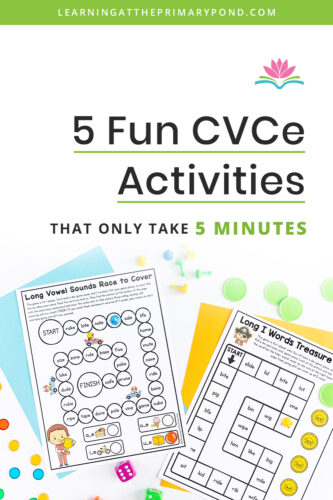




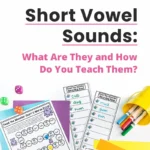
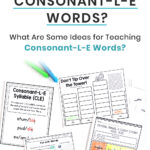
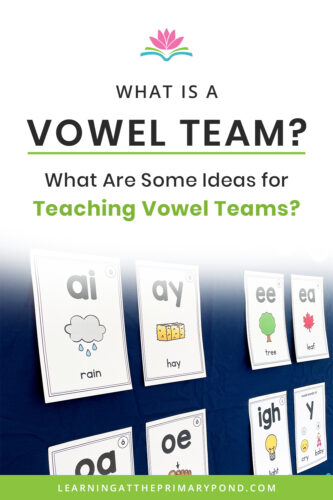
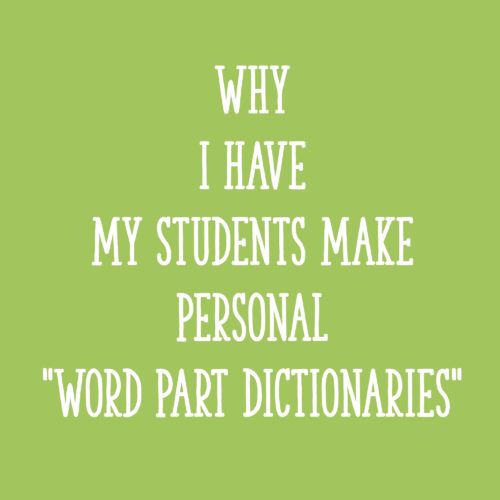
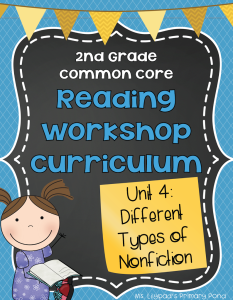






Thanks Alison! These activities are short and easy. A nice option if we are already working on phonics and would like to switch it up. Yes, my kiddos also say “maddy” instead of made, but hopefully not for long!
Hoping these activities help!!
Where can I find the star e for the magic e puppets?
Hey there! I just made this quickly a few years ago when I taught – did a star image and put the letter “e” in the middle. Then I printed it out on cardstock paper so that it would last longer. You could also literally just make a star on a piece of construction paper and then write an “e” on it. Nothing fancy!
I am really excited about using the “e” puppet on a craft stick with my intervention group. They will love this activity. My kids do read it with a y ending instead of a silent e. Thank you for the great ideas.
Hoping that goes well for you and your students!
I love these short videos that you put together. I love that I can watch one quick, and the content is fun and engaging. My favorite activity is the silent e on the popsicle stick. Super easy, yet so fun! We compare short vowel and long vowel words during out phonics time. Making a list of words to read is the perfect idea. That way they can visualize what makes it short vs. long. I have had students in the past who have vocalized that ‘e’ sound at the end of the word.
Thanks for these kind words, Stacie!
Thanks for sharing your quick and easy tips and tricks to help students become more confident readers!
My pleasure!!